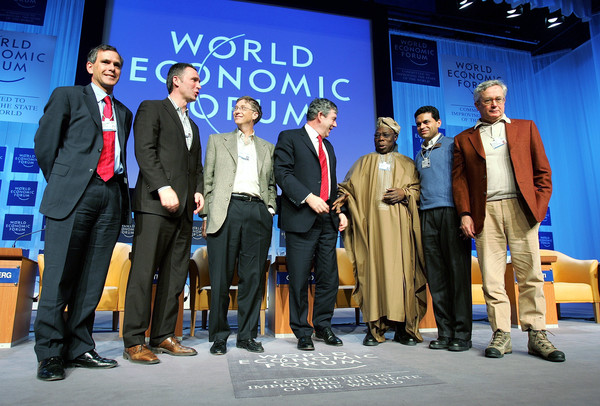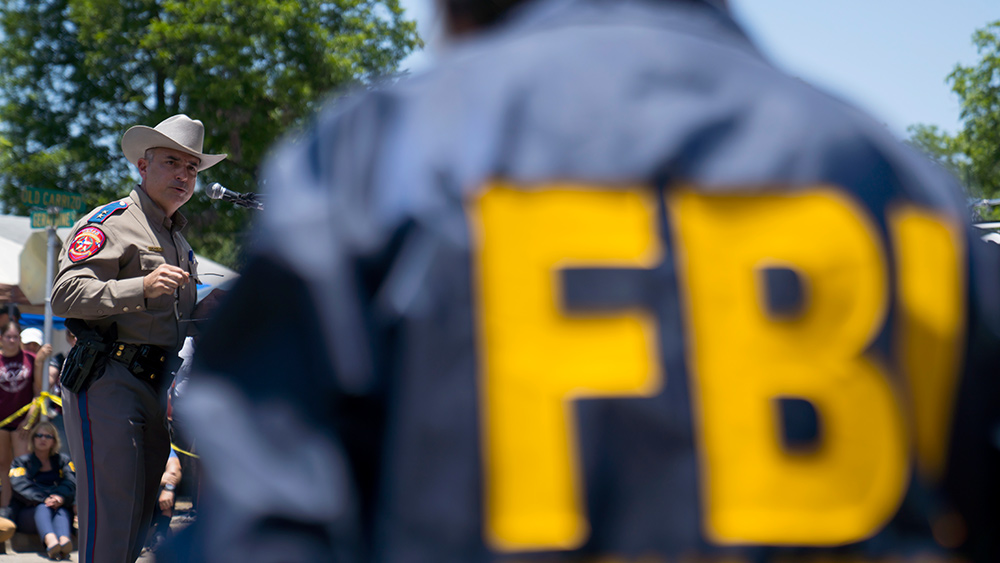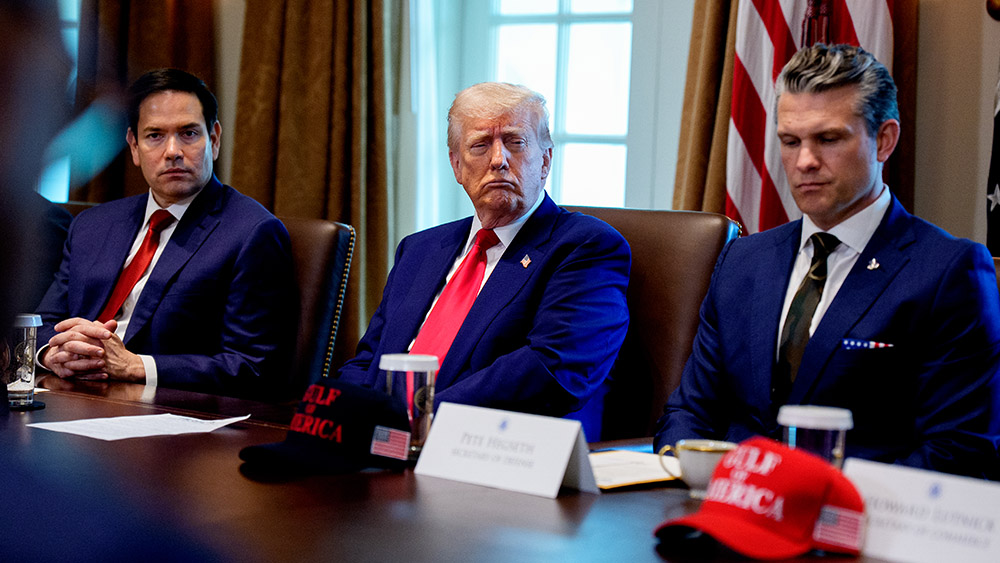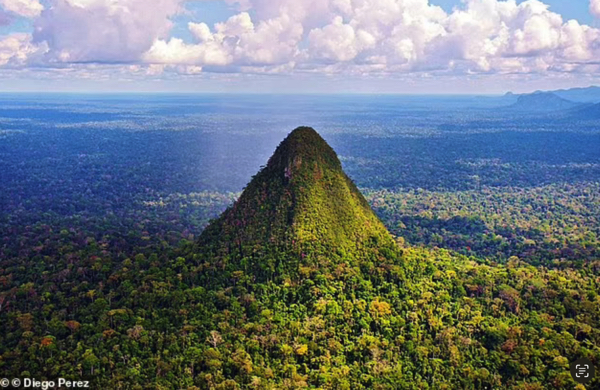
- The remains of three young children sacrificed in a ritual were uncovered at a Teotihuacan altar in Guatemala’s Tikal National Park, shedding light on ancient Mesoamerican religious practices.
- CBS News drew criticism for framing the child sacrifices as a “non-violent” cultural and celestial practice, sparking backlash for downplaying the violence involved.
- Critics accused CBS of moral relativism and sanitizing historical atrocities, while some archaeologists argued for contextual understanding without modern moral judgment.
- Child sacrifices in Mesoamerica were often tied to religious or political crises, with victims (sometimes elite children) offered to deities like the Storm Goddess for divine favor.
- The incident reignited debates on how to report ancient violence—balancing historical accuracy, cultural sensitivity and ethical responsibility without excusing brutality.
The discovery: Children’s remains unearthed at a ritual altar
The controversy stems from an archaeological find by Guatemalan lead researcher Lorena Paiz and her team. Buried within the ruins of a Teotihuacan residential complex in Tikal — a site once a hub of trade and culture between 100 B.C. and 750 A.D. — archaeologists uncovered an altar adorned with carvings of a Storm Goddess. On its premises lay the skeletal remains of three children under four, interred methodically on each side of the structure. “This discovery adds depth to our understanding of Teotihuacan practices in Tikal,” Paiz explained. “The central altar here wasn’t just architectural—it was spiritual. These children were not accidental casualties but offerings meant to honor the divine.” The graves, dated to the late 4th century C.E., align with well-documented ritual killings in Mesoamerican cultures, including the Maya and Aztecs, which historians say were often linked to religious or political crises.The CBS controversy: Framing sacrifice as “non-violent” sparks outcry
CBS’s coverage, however, diverged sharply from standard reporting on such grim findings. The outlet’s April 14 article quoted María Belén Méndez, an unaffiliated archaeologist, who argued the sacrifices were “not violent acts” but “a practice of connecting with celestial bodies.” It highlighted her claim that the rituals “highlight interconnections between cultures and their gods,” minimizing the visceral horror of killing children. This framing drew immediate condemnation. Commentators on social media and in independent journals decried the approach as moral relativism, accusing CBS of normalizing violence under the guise of cultural sensitivity. “How can murder be rebranded as non-violence?” wrote one critic on Twitter. Meanwhile, some archaeologists defended the outlet’s emphasis on historical context, saying it underscores the need to avoid projecting modern values onto ancient societies. “We cannot ignore that these were acts of faith—for their time—rather than simple cruelty,” Méndez explained.Historical context: Child sacrifice in Mesoamerica and ethical reporting challenges
Teotihuacan, a pre-Columbian civilization centered in present-day Mexico but influential across Mesoamerica, shared ritual practices with neighboring cultures. Dozens of burial sites suggest children — often elites — were sacrificed during critical moments like building temples or surviving droughts. In Tikal, a Maya city-state, human offerings were common; the newly discovered altar’s Storm Goddess symbol, associated with rain and storms, reinforces the idea of such sacrifices as pleas for divine favor. Scholars like Paiz stress that interpreting ritual practices requires balance. “Context matters,” she said. “But avoiding graphic terms like ‘murder’ risks sanitizing these acts.” For journalists, the challenge lies in reporting such findings without either glorifying brutality or ignoring the cultural logic behind them. Critics argue CBS prioritized the latter, erasing the victims’ humanity. The controversy echoes debates over’90s-era “politically correct” critiques of Columbus or European colonialism, when sources like CBS were accused of whitewashing oppression. Yet advocates of holistic reporting counter that oversimplification — condemning rituals outright — ignores the complexity of pre-colonial societies.Can media navigate past atrocities without cultural apologetics?
As outrage simmers over CBS’s framing, the incident raises urgent questions for journalism and archaeology. When reporting ancient violence, how can outlets avoid both moral imperialism and relativism? Paiz underscores the necessity of “honoring the past without justifying harm.” For now, the Tikal altar’s victims remain both historical artifacts and human tragedies — an intersection demanding honesty, nuance and respect for all perspectives. The story is a reminder that the past is not just academic: It shapes how societies confront their shared, often brutal, legacies — a dialogue far from complete. Sources include: TownHall.com Ground.news iFeminists.comDepartment of Education resumes collections on defaulted student loans
By Laura Harris // Share
Federal judge halts PROOF OF CITIZENSHIP requirement for voter ID
By Lance D Johnson // Share
Wisconsin judge arrested by FBI for allegedly helping illegal immigrant evade ICE
By Cassie B. // Share
AI, Censorship, and the Battle for Health Truths: Adams and Bell Warn of Globalist Control
By Finn Heartley // Share
Trump demands 30-day Ukraine ceasefire, threatens sanctions if fighting continues
By isabelle // Share
DOJ seeks to unravel Google's ad empire in landmark antitrust bid
By willowt // Share
Amazon's "pyramid peak" sparks debate over lost civilization's monumental legacy
By willowt // Share
"Ultraprevention": A six-week journey to lifelong health with Drs. Mark Liponis and Mark Hyman
By bellecarter // Share
Ghee: A healthy and nutritious alternative to butter
By lauraharris // Share











